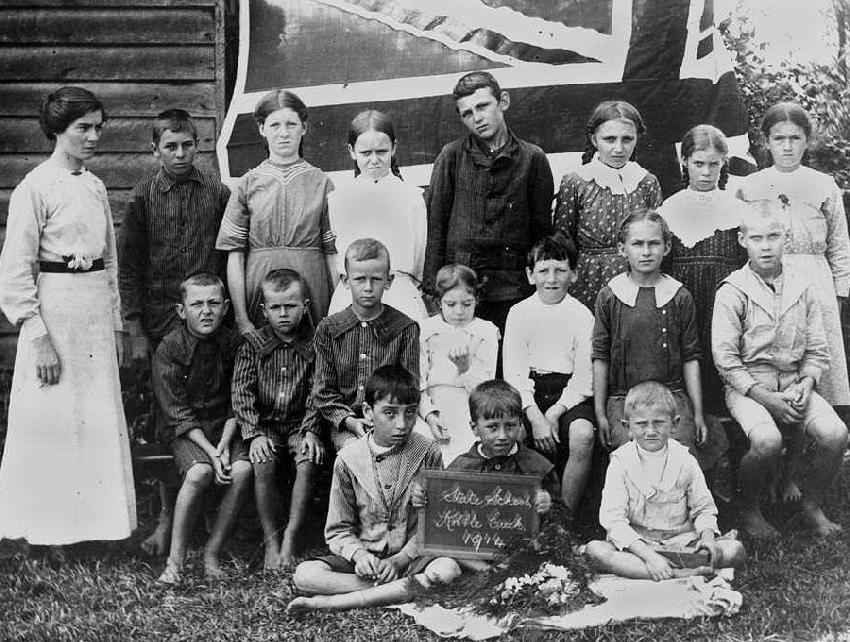
Figure 1.--The photo was taken at Kobble Creek State School, Queensland, during 1914. In the back there is a great Union Jack. Thereis no doubt that this community saw themselves as British living in Australia. |

|
Australia's modern history is largely an apendage of English history transplanted to Oceania. Australia was Europeanly settled in 1788. Britain established Australia as a penal colony. It developed in contrast to much of the rest of the Empire as a largely British populated colony. The level of immigration increased in the 19th century after the end of the Napoleonic Wars in Europe. Australia developed as several separate colonies. And as a result of the experience wuth the First Empire in North America, the British allowed Australia and the other developing Dominions to develop self government. Four colonies of Australia (New South Wales, Victoria, Tasmania, and South Australia) were self gioverning in domestic affairs (mid-19th century). Queensland was founded later, but was quickly self governing. Western Australia waa slower to develop self governing institutions, partially due to financial dependence on Britain. As aresultvitvwas the last of the Australian colonies to achieve self-government (1890). The colonies than moved to unite inti a single Dominion (1890s). This was achieved at the turn of the 20th century. The individual colonies were federated under the British Crown as the Commonwealth of Australia by the Commonwealth of Australia Constitution Act (1901). Australians than drafted the Constitution of Australia which was approved in a national referendum. Thus Australia was beginning to move toward independence, but the population still largely considered themselves to be British rather than Australians. Australia's population in 1914 was only about 5.0 million people, less than Belgium. It was thus thinly spread around the vast Australian sub-continent. And there woukd be no question of coming to the assistance of Britain when Germany launched the War byb invading Bekgium. The Germans as they contemplated war gave no weight to Australia and the other Dominions, let alone the United States. They considered the strength French and Russian Army and believed even the British would not be able to deploy an expeditionary force before their armies had swept through Belgium and into Paris. While it woukd be up to the French to stop the Germans on the Marne, Australia and the other Dominions would play very important roles in both world wars. After World War I, however, more and more Australians would begin to think of themselves as Aussies rather than English.
A interesting question is the emergence of Australian nationaism.
A reader writes, "Although, in those times, some Australian people saw themselves as British living in Australia, nevertheless they developed different customs. We have a little example also in this photo. Here bare feet don't seem a sign of poverty, but a normal condition for children." One thread that emerged from the onset was a degree of independence and resistance to authority. The wide open Outbacck like the Frontier in Aneruca was another important factor. This fed into the developing Australian character. We believe that the terrible bloodletting of World War I would be a significant inflection point from which more and more Austrlaians began to see themselves as Australians rather than English.
Navigate the Boys' Historical Clothing Web Site:
[Return to Main Australian World War I page]
[Return to Main Australian page]
[Introduction]
[Activities]
[Biographies]
[Chronology]
[Clothing styles]
[Countries]
[Bibliographies]
[Contributions]
[Essays]
[FAQs]
[Glossaries]
[Images]
[Links]
[Registration]
[Tools]
[Boys' Clothing Home]
